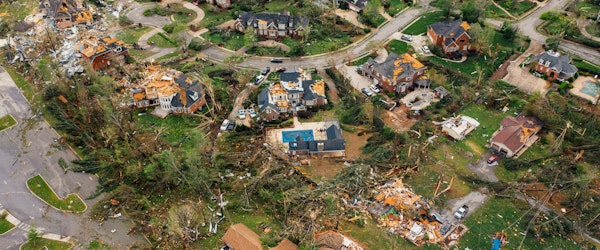
Homeowners Face Triple Disaster Risks and Insurance Gaps
Tuesday, December 3rd, 2024 Catastrophe Insurance Industry Property Risk ManagementA new report by CoreLogic reveals a startling reality for U.S. homeowners: over 33,000 homes face extreme risk from three natural disasters simultaneously. These ‘triple-threat’ properties, spread across 20 metropolitan areas, endure year-round exposure to hurricane winds, wildfires, and inland floods—or other combinations of perils such as severe winter storms or convective storms. Miami tops the list with the highest number of homes at extreme risk, while smaller cities like Ellensburg, Washington, and Snyder, Texas, have the highest percentage of vulnerable properties in their regions.
The increasing frequency and intensity of natural hazards underscore the importance of comprehensive insurance coverage. However, insurance gaps remain a critical issue. Flood damage, for example, is not covered under standard homeowners’ policies, and flood insurance adoption rates are worryingly low. This leaves countless homeowners at risk of catastrophic financial losses, especially as insurers reassess their willingness to write policies in high-risk areas like California.
This research, led by CoreLogic’s top scientists, emphasizes the need for cities and insurers to understand geographic vulnerabilities better and to create long-term resilience strategies. From wildfire risks creeping further north to inland floods exacerbated by winter storms, the U.S. faces an urgent need to prepare for multi-peril scenarios.





